How Commercial Steel Buildings Change Retail Spaces
The retail industry is evolving rapidly, and commercial steel buildings are at the forefront of this transformation. Known for their durability, versatility, and cost-effectiveness, these structures offer retailers innovative solutions to meet changing market demands. From customizable layouts to eco-friendly construction, commercial steel buildings are redefining how retail spaces are designed and experienced. This article explores how these modern structures are changing the face of retail, shaping both the customer experience and the future of commerce.
Advancements in Steel Building Technology
The evolution of steel building technology has transformed retail architecture, making concrete advancements in prefabrication and modular techniques. These methods have increased construction efficiency, allowing for quicker assembly on-site and reducing overall costs. As retailers seek to open stores faster and at lower costs, steel's adaptability and pre-manufacturing capabilities present a clear advantage. The precision of prefabricated components enhances structural integrity, meeting rigorous retail industry standards.
As we dive deeper into technological advancements, the quality of steel itself has seen remarkable innovation. Improved production techniques have resulted in high-strength steel that supports more ambitious architectural designs. Retail spaces are leveraging this innovation to create more open, inviting environments that attract consumers. From expansive storefronts to intricate interior designs, steel's versatility helps retailers stand out. According to the American Institute of Steel Construction, structural steel retains 60% of its ambient temperature yield strength at 1,000 °F, showcasing its resilience and reliability.
Moreover, steel buildings now seamlessly integrate with smart technologies, opening new horizons for intelligent retail environments. Advanced systems can be embedded directly into the structure, offering tailored experiences for customers and streamlined operations for store managers. Internet of Things (IoT) devices and smart sensors enhance everything from inventory management to customer engagement. This tech-forward approach also extends to safety; with enhanced fire-resistant properties, steel buildings provide essential security in high-traffic retail areas.
Cost Effectiveness and Economic Benefits
One of the prominent advantages of steel buildings in retail is the significant cost savings during construction. Steel structures require less raw material than traditional building materials, providing a financially viable option for new store developments. Retailers benefit from reduced labor costs due to the portability and ease of assembly inherent in steel building components. Furthermore, the reduction in construction time contributes to economic efficiencies by enabling stores to open sooner, thus beginning to generate revenue earlier.
Aside from initial cost efficiencies, steel offers remarkable long-term durability, which translates to reduced maintenance costs. Steel's strength and resistance to elements mean less frequent repairs and lower upkeep expenses. For retailers, this long-term sustainability is crucial, allowing resources to be allocated to other essential operations, such as marketing and customer service. The longevity offered by steel is not just physical but financial; its adaptability to changing retail layouts ensures that spaces remain relevant over time.
In the fast-paced retail sector, faster construction timelines allow businesses to be agile in responding to consumer trends and competitors' actions. Steel buildings, with their prefabricated components, dramatically reduce build times compared to conventional construction methods. This agility enables retailers to capitalize on strategic opportunities without delay, such as prime store locations or limited market windows. Moreover, steel's flexibility allows for easy modifications and scalability, supporting the evolving needs of retailers.
Innovative Retail Design Possibilities
Retail design has been revolutionized by the versatility of steel, which allows for open floor plans and flexible interior configurations. This adaptability is essential for retailers aiming to organize and frequently redesign their layouts to maximize customer engagement and sales. Open spaces provide the ability to accommodate various retail formats, from pop-up shops to expansive department stores. This flexibility attracts diverse consumer segments, offering an engaging shopping experience tailored to market demands.
The capability to create expansive storefronts and display windows with steel structures furthers retail innovation. Large, unobstructed views entice customers and allow retailers improved visibility for their product offerings. This openness not only enhances the aesthetic appeal of a store but also boosts foot traffic by leveraging inviting entry points. Steel's structural strength enables the construction of grand facades and intricate display settings that captivate consumers.
Steel structures also offer innovative possibilities for facades and exterior designs, presenting retailers with opportunities to express their unique brand identities. Creative facade treatments and customized exterior aesthetics are easily achievable with steel, helping brands distinguish themselves in saturated markets. The use of steel allows for diverse architectural expressions, from sleek and modern to industrial and rustic. This aesthetic flexibility is particularly beneficial for retailers in urban environments, where architectural design plays a crucial role in brand perception.
Enhanced Customer Experience
Creating a comfortable indoor environment is fundamental to the retail experience, and steel buildings contribute significantly to this element. Improved climate control systems in steel structures ensure that temperatures indoors remain comfortable, enhancing the shopping experience. This aspect is particularly crucial in climates with extreme weather conditions, where customer comfort is directly related to the duration and quality of the shopping journey. Additionally, steel structures with efficient insulation properties further contribute to maintaining stable indoor temperatures.
Steel construction also addresses the acoustic environment within retail spaces, contributing to a quieter and more pleasant shopping experience. Advanced acoustic treatment can be integrated into steel buildings to reduce ambient noise and enhance auditory comfort. This capability is vital for stores where sound can significantly impact customer concentration and satisfaction, such as bookshops or electronic stores. Ensuring a quieter retail space enables better communication between customers and staff, further enhancing service quality.
Safety and security are paramount in any retail context, and steel buildings offer innovative solutions in these areas. The inherent strength of steel lends itself to robust security features, including advanced surveillance systems and secure entry points. Additionally, the material's resistance to various threats, including fire, enhances merchandise and consumer safety. With steel, retailers can implement cutting-edge technology for security and operational efficiency, ensuring a seamless, trustworthy environment.
The Future of Retail Spaces with Steel Buildings
The adoption of steel buildings continues to grow, with emerging trends indicating an even wider role for steel in future retail spaces. Current trends suggest a transition towards smarter, more adaptable retail environments where steel plays a central role. As digital integration becomes increasingly important, steel's ability to support innovative technological infrastructure positions it as a crucial element of future retail architecture. This adoption trend reflects a shift towards not only robust and adaptive spaces but also sustainable and intelligent retail environments.
Smaller retailers, in particular, stand to gain significant benefits from the cost efficiencies and scalability of steel constructions. The economic advantages, such as reduced initial investment and operational costs, can level the playing field for smaller players in competitive markets. Steel’s modularity also allows for easy expansion, which smaller retailers can capitalize on as their operations grow. Moreover, the environmental benefits resonate well with smaller brands seeking to enhance their responsible business practices.
Commercial steel buildings are revolutionizing retail spaces by offering unmatched flexibility in design, cost-effectiveness in construction, and long-term sustainability. Their adaptable layouts allow retailers to quickly reconfigure spaces to meet evolving customer demands while reducing environmental impact through durable, recyclable materials. As these structures continue to enhance both operational efficiency and the customer experience, they are poised to play a pivotal role in shaping the future of retail architecture and commerce. To learn more about steel building solutions for retail spaces, contact Teton West today.
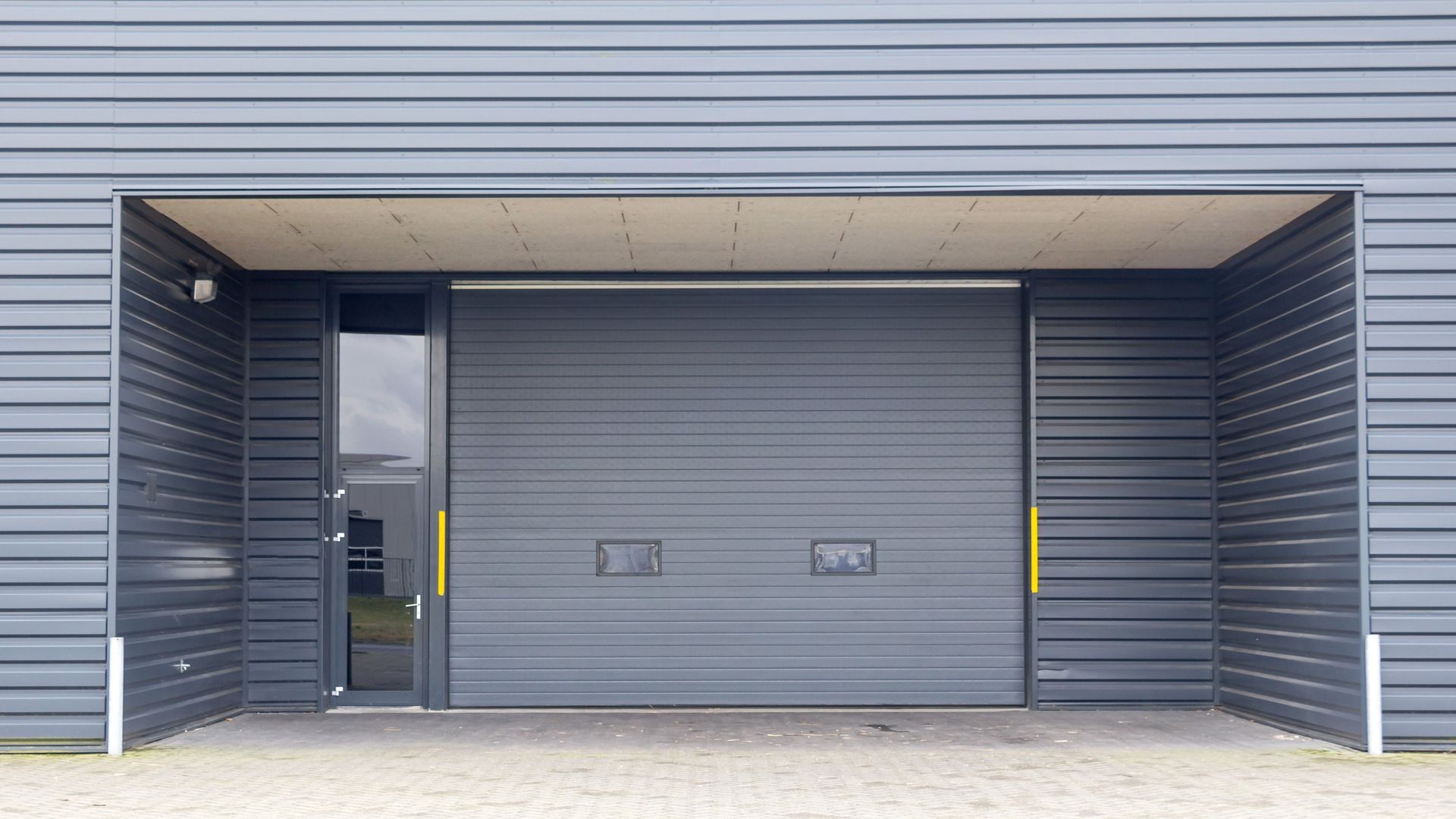

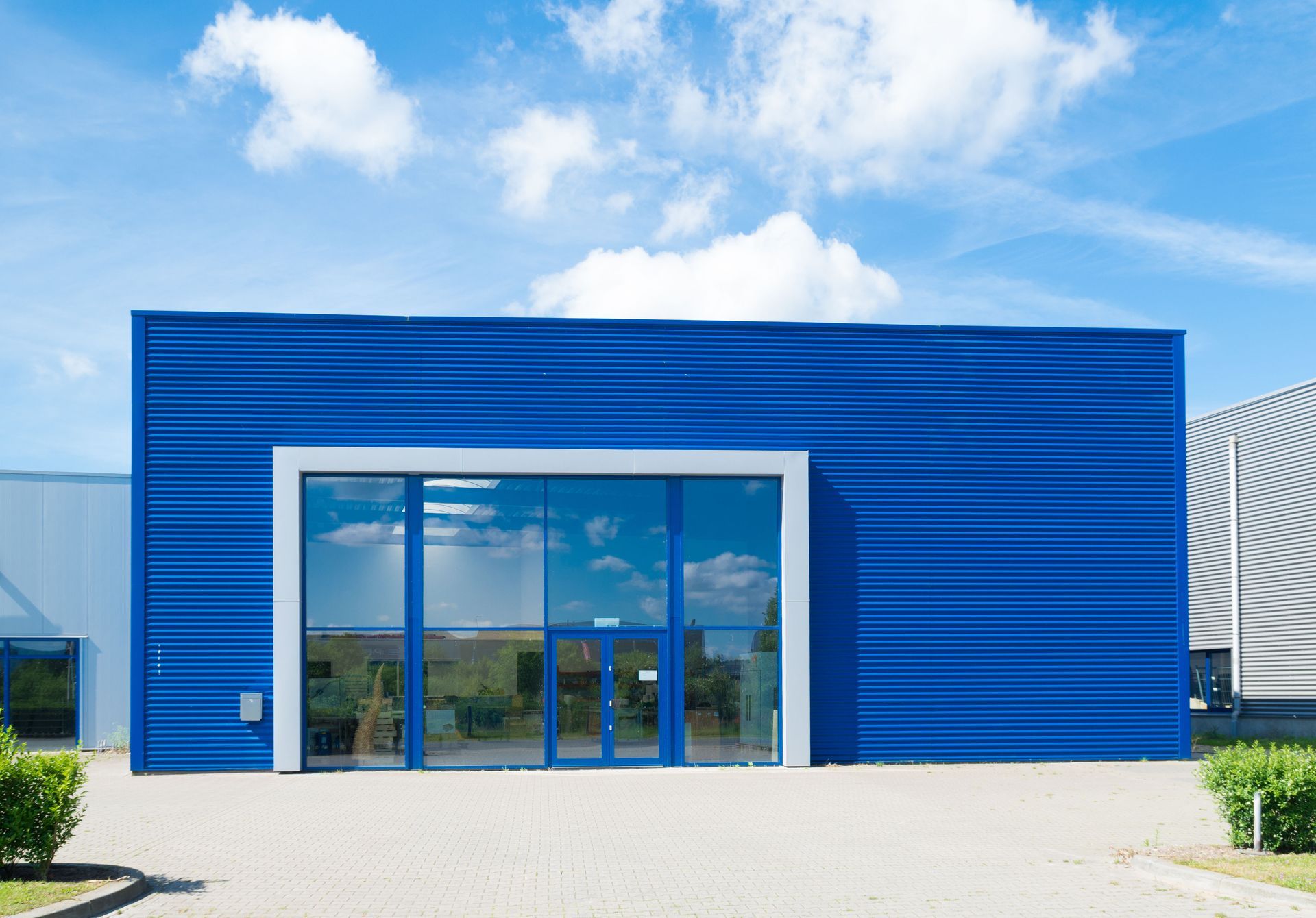
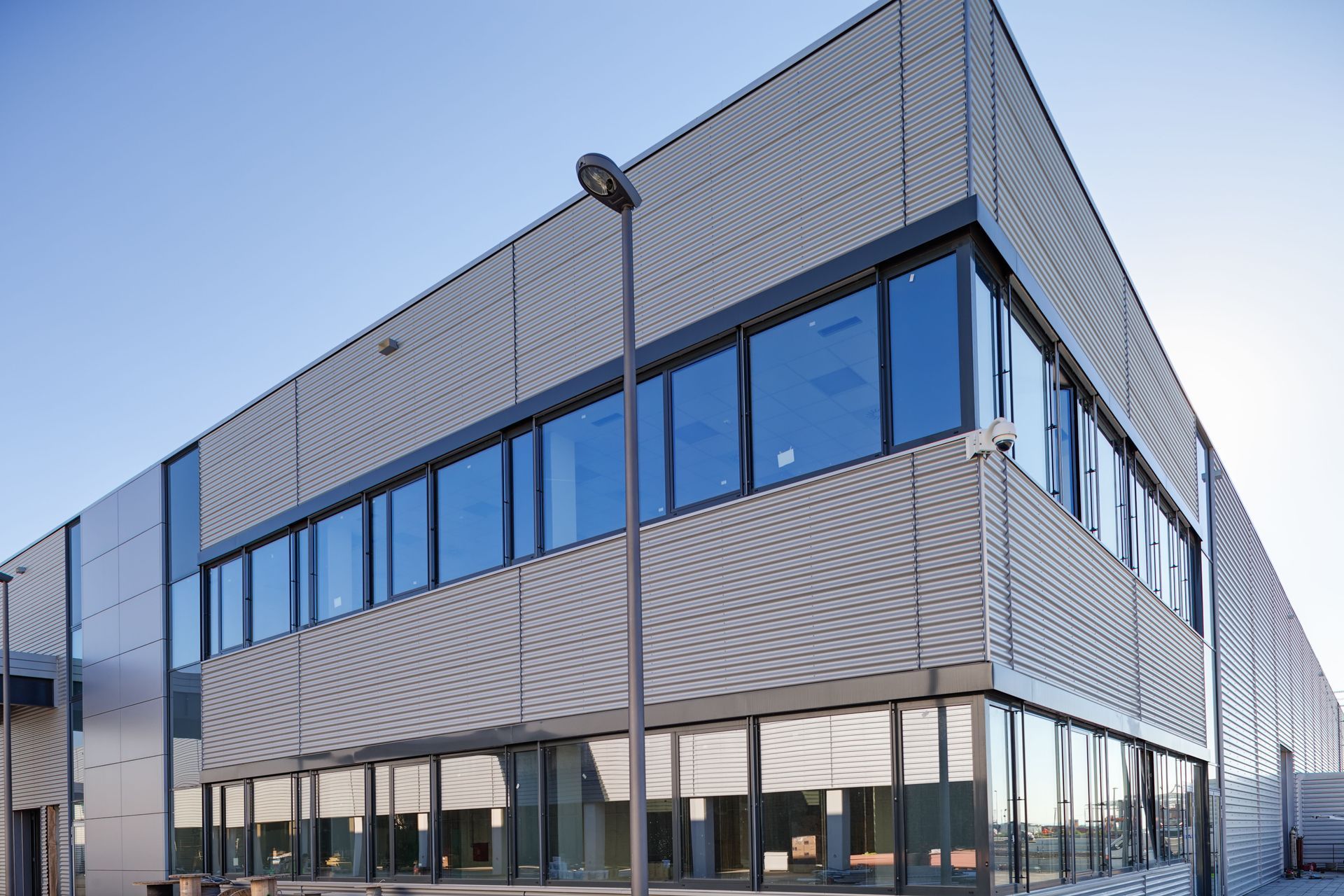
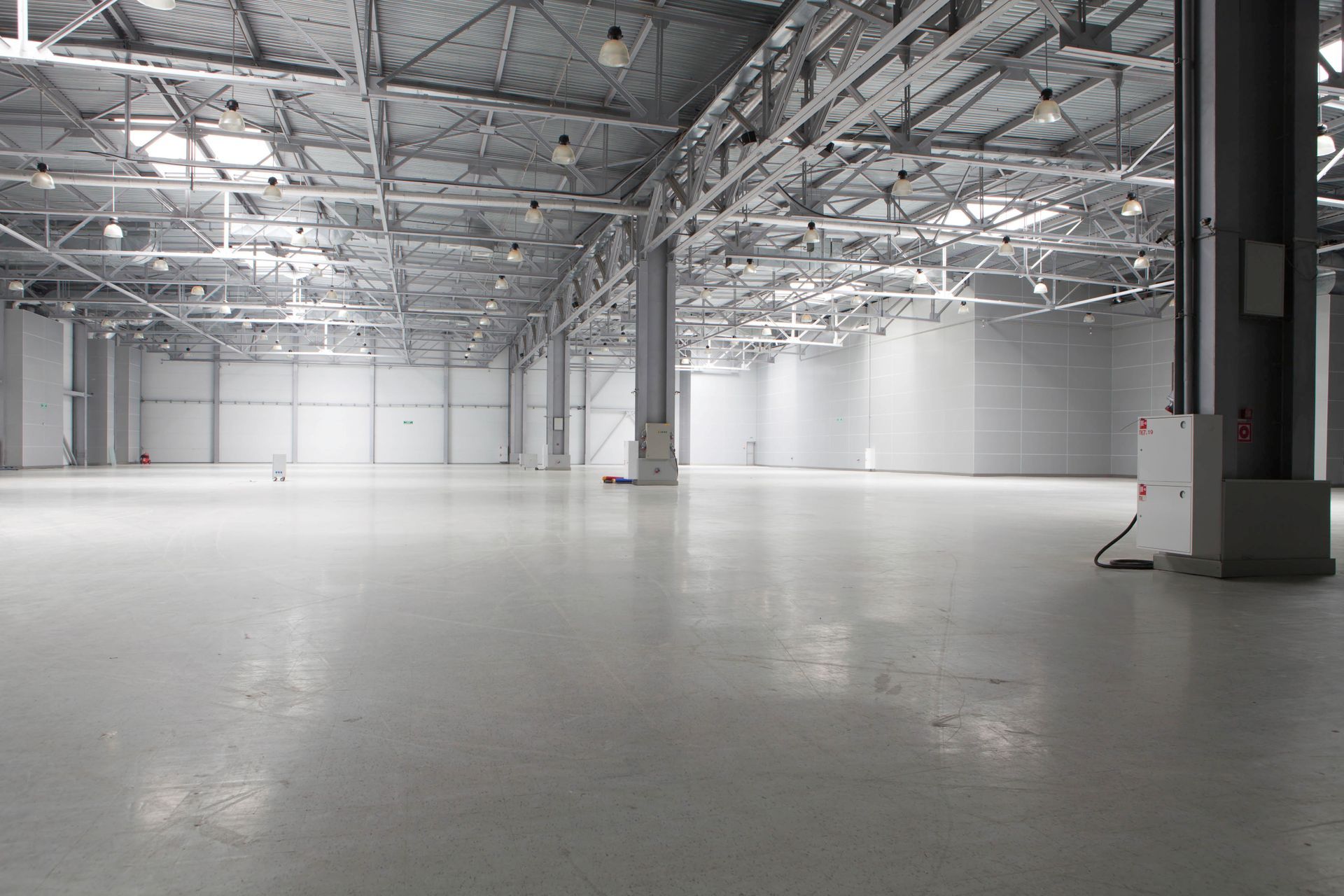
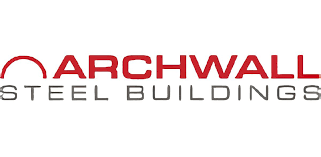

Share On: